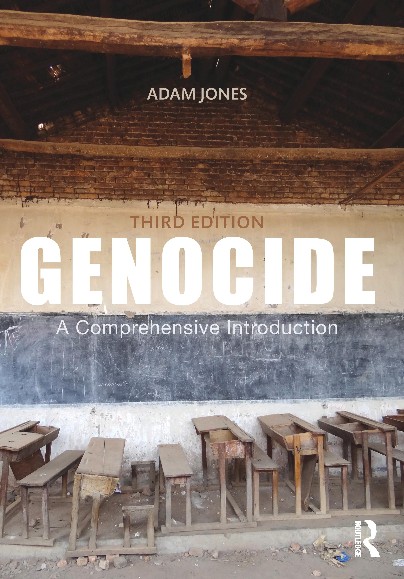 |
| "A rape vicitm in Livungi, Congo, 2010." (Michael Kamber/The New York Times) |
By Adam Hochschild
The New York Times, April 1, 2011
"[...] The fighting has left tens or even hundreds of thousands of women gang-raped and led to what may be millions of war-related deaths; at its peak, some 3.4 million Congolese (the only one of these tolls we can be remotely sure of) were forced to flee their homes for months or years. But it draws little attention in the United States. As Jason K. Stearns, who has worked for the United Nations in Congo, points out, a study showed that in 2006 even this newspaper gave four times as much coverage to Darfur, although Congolese have died in far greater numbers. One reason we shy away is the conflict's stunning complexity. 'How,' Stearns asks, 'do you cover a war that involves at least 20 different rebel groups and the armies of nine countries, yet does not seem to have a clear cause or objective?' 'Dancing in the Glory of Monsters' is the best account so far: more serious than several recent macho-war-correspondent travelogues, and more lucid and accessible than its nearest competitor, Gérard Prunier's dense and overwhelming 'Africa's World War: Congo, the Rwandan Genocide, and the Making of a Continental Catastrophe.' A fatal combination long primed this vast country for bloodshed.
It is wildly rich in gold, diamonds, coltan, uranium, timber, tin and more. At the same time, after 32 years of being stripped bare by the American-backed dictator Mobutu Sese Seko, it became the largest territory on earth with essentially no functioning government. Then it was as if waves of gasoline were poured onto the tinder. When the Hutu regime that had just carried out the genocide of Rwanda’s Tutsis was overthrown in 1994, well over a million Hutu fled into eastern Congo, then known as Zaire. These included both the génocidaires and their defeated army (the abandoned armored car in Bunia was theirs) as well as hundreds of thousands of Hutu who had not killed anyone but who feared reprisals at the hands of the Tutsis now running Rwanda. ... As Stearns says, 'like layers of an onion, the Congo war contains wars within wars.' For example, Uganda and Rwanda fell out badly with each other and fought on Congo soil. Each country then backed rival sets of brutal Congolese warlords who sprang up in the country's lawless, mineral-rich east. And when Rwanda's Hutu-Tutsi conflict spilled over the border, it fatally inflamed complex, longstanding tensions between Congolese Tutsis and other ethnic groups. This is merely the beginning of the list. [...]"














No comments:
Post a Comment
Please be constructive in your comments. - AJ